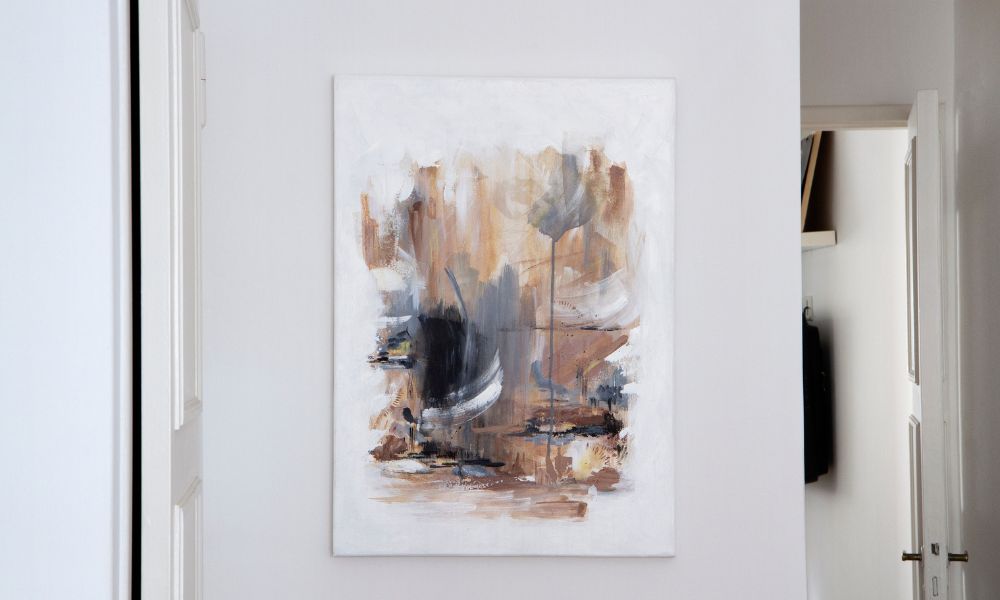Art is everywhere, and many people dedicate their time to creating it. After all, everyone can use art to express themselves. However, there are varying degrees of quality, and it can be hard to honestly know if what you are looking at is something unique. Read on to learn how you can easily recognize quality pieces of art so that you know what you’re adding to your home has value.
Look for Composition
Whether you are looking at a painting, a photograph, some mixed media piece, or even a sculpture, the composition underlies everything. The whole piece is art itself, but it relies on much smaller components—the composition. For example, part of what makes the Mona Lisa so captivating is the composition: her wardrobe, the way she holds her arms, the background, and more. Everything works together to create something truly spectacular and unforgettable.
Sadly, there are no clear composition rules, and even if there were, art thrives on breaking those rules. All this means is that when looking for art, instead of simply looking at the subject, consider what features hold your attention.
Ask yourself questions as you look over the art. How does the perspective work to engage your focus, and is the piece harmonious or chaotic and distracting? These aspects can influence how it will add or detract from your home.
Know What You’re Looking At
Art is diverse and comes in all kinds of subject matters and mediums. To truly know if you’re looking at a quality piece of art, you should learn a little about those mediums and the different behind-the-scenes techniques.
For example, there are many kinds of bronze sculptures, but something unique about hot cast bronze makes it valuable. In this case, the intensive process required to make these sculptures adds to their value. Understanding the artform also allows you to spot evidence of impressive techniques that created the final product.
Gauge the Personality
It might seem crazy to say that works of art have a personality, but they do. Collectors, curators, and homeowners are right to say a specific piece is chaotic, comforting, goofy, or otherwise. Quality works of art evoke these strong senses of personality, and it’s your job to find those pieces that resonate with you.
You should also consider your goals for the art. For example, many art pieces in homes depict landscapes and sunsets. If you’re looking to tell a different story with your interior design, consider stepping away from this theme and exploring a new idea through your chosen piece.
With these tips for recognizing quality art pieces, you can find the needle in the haystack and add it to your home’s decoration. You can also impress your friends and family by having distinct and noteworthy pieces instead of the things everyone can buy from their local home décor retailer. Of course, there’s nothing wrong with the classics, but you will definitely be in a league of your own with the unique are you choose.







